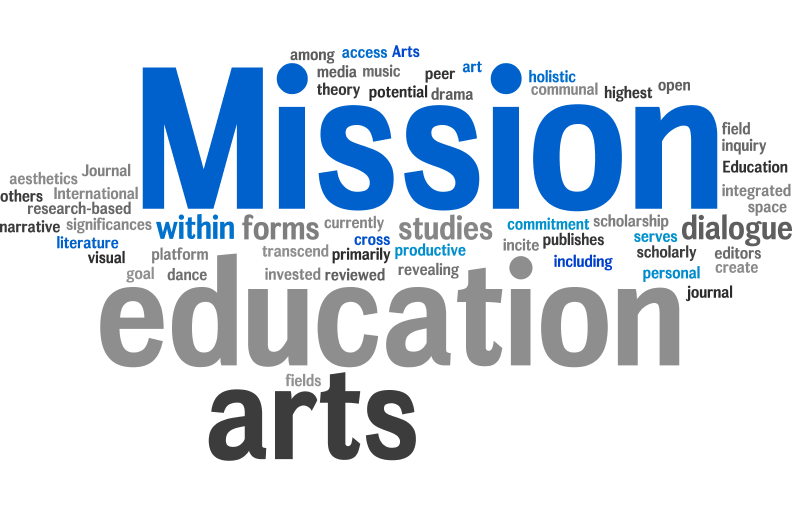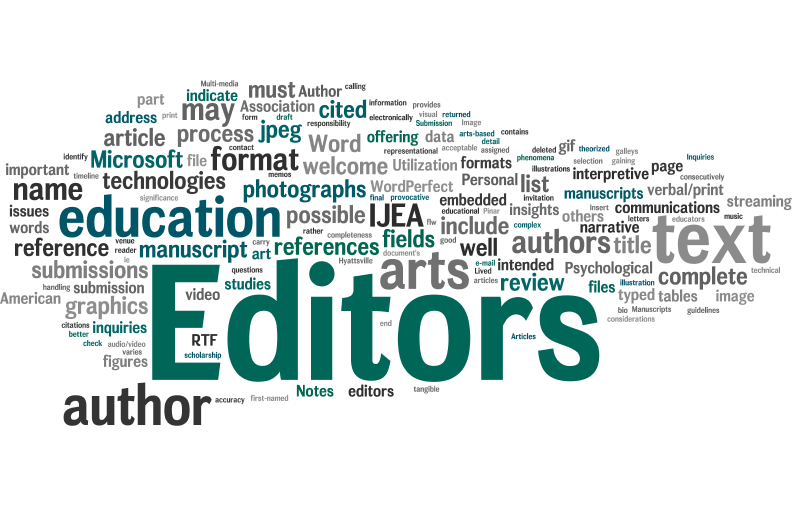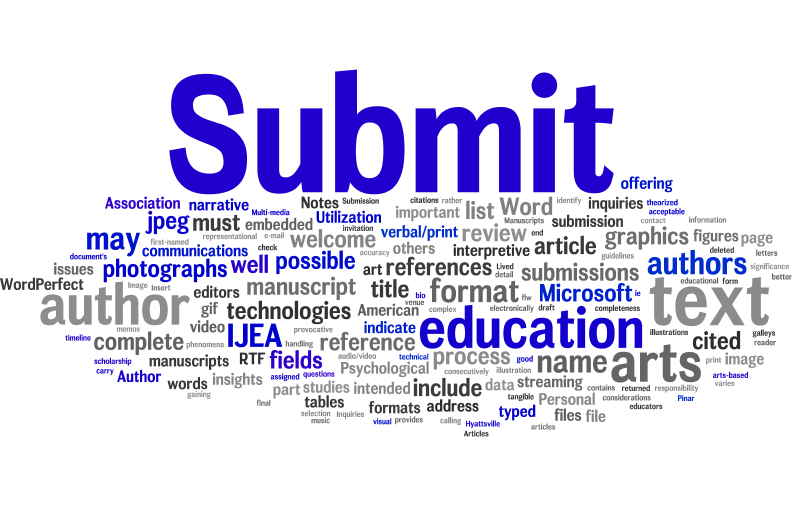| Volume 25 Number 2 | January 25, 2024 |
Improving the Uptake of Arts Education for Student Wellbeing: A Collaborative Autoethnography That Highlights Potential Areas of Focus
Judith Dinham
Curtin University, Australia
Margaret Baguley
University of Southern Queensland, Australia
Susan Simon
University of the Sunshine Coast, Australia
Merryl Goldberg
California State University San Marcos, USA
Martin Kerby
University of Southern Queensland, Australia
Citation: Dinham, J., Baguley, M., Simon, S., Goldberg, M., & Kerby, M. (2024). Improving the uptake of arts education for student wellbeing: A collaborative autoethnography that highlights potential areas of focus. International Journal of Education & the Arts, 25(2). http://doi.org/10.26209/ijea25n2
Abstract
In a challenging world, the spotlight on children’s wellbeing has strengthened. There is extensive research about the ways in which well-designed arts education programs positively impact children’s wellbeing. Despite this, arts education continues to be marginalised in schools. When researchers with arts education and leadership experience teamed up to consider the intransient nature of the resistance to arts education in primary/elementary schools, they conducted a collaborative autoethnography (CAE) to see if this offered new insights. The iterative process of sharing and interrogating personal stories to distil collective meanings (themes) highlighted four features of education programs that provide sustained support for children’s wellbeing: centering in a discordant world; effective leadership; experiential processes, engagement, and trust; and harnessing the transformative potential of the arts. The CAE also pointed the team towards conducting future inquiries about the currently under-researched role of the school principal in instigating cultural change that sustains meaningful arts education.





